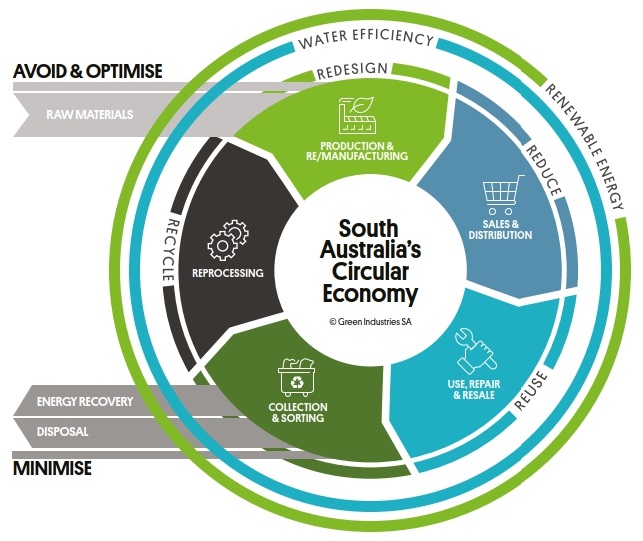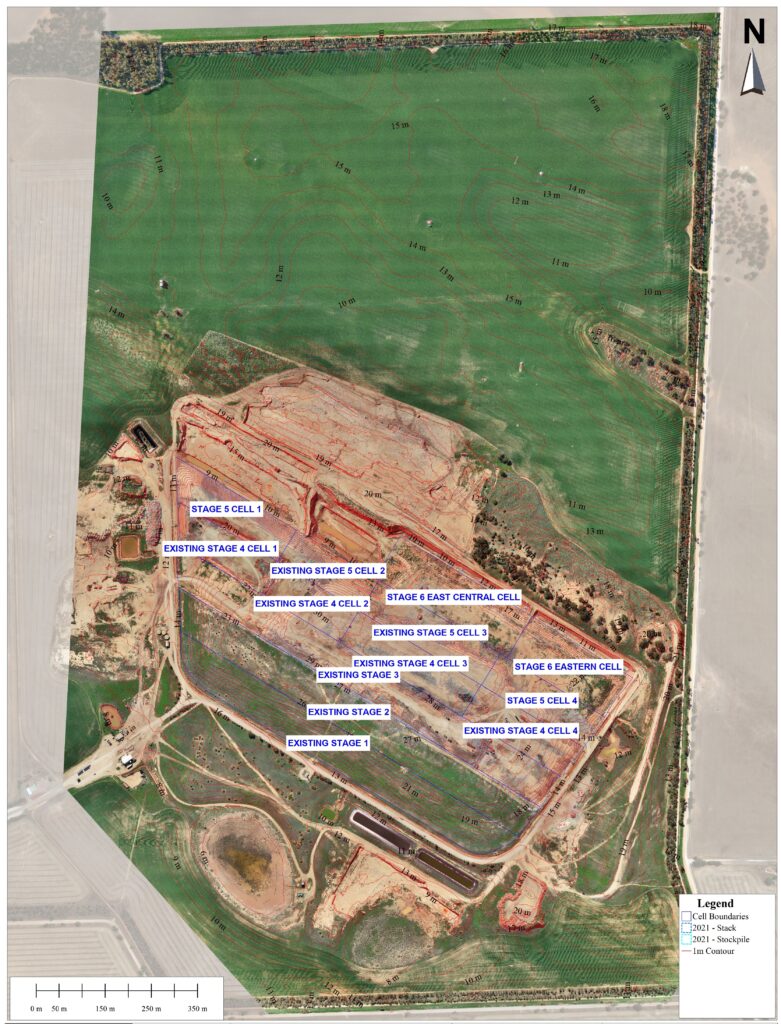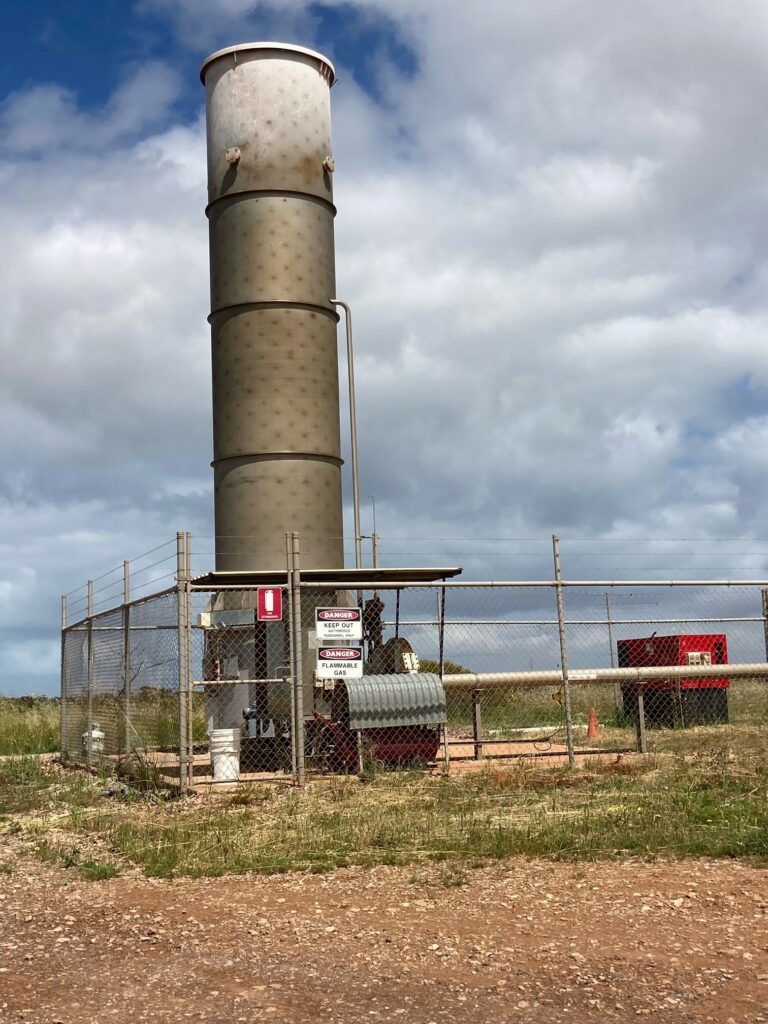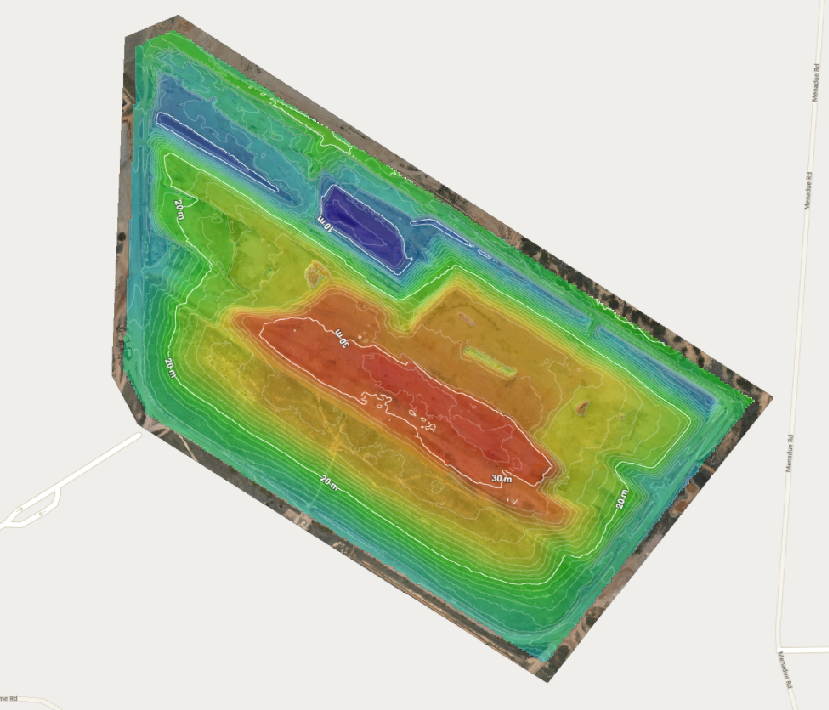“In the one-to-five-year timeframe we are looking to commence projects involving soil recovery, basic C&D processing as well as garden organics receival and processing.”
“In the five-to-ten-year timeframe we will be considering an on-site resource recovery centre to recover materials that would otherwise go to landfill."
“In the one-to-five-year timeframe we are looking to commence projects involving soil recovery, basic C&D processing as well as garden organics receival and processing.”
“In the five-to-ten-year timeframe we will be considering an on-site resource recovery centre to recover materials that would otherwise go to landfill."
Inkerman Landfill is one of South Australia’s largest landfills and accepts approximately 250,000 tonnes of waste from across the region each year.
As the operator of the landfill, we are working on a 10-year masterplan to divert and recover materials on site. This is in line with the transition from a use-and-dispose economy to a circular economy which is the key focus of South Australia’s 2020-2025 Waste Strategy.

Source: The Circular Economy in South Australia (Green Industries SA, SA Waste Strategy 2020-25)
Our masterplan is also expected to extend the life of Inkerman Landfill from the current forecast of 50 to 60 years.
Regional Manager David Leaney says, “In the one-to-five-year timeframe we are looking to commence projects involving soil recovery, basic C&D processing as well as garden organics receival and processing.”
“In the five-to-ten-year timeframe we will be considering an on-site resource recovery centre to recover materials that would otherwise go to landfill. We are also considering other waste streams including high level contaminated waste (HLCW) and low concentrations of PFAS, subject to regulatory approvals.”

Pictured: David Leaney (middle) at Inkerman Landfill.

Pictured: Map of Inkerman Landfill.
At the core of Inkerman Landfill’s 10-year masterplan is our Inkerman team’s dedication to innovation which has garnered the landfill several industry accolades over the years.
During the 2015 Waste Management Association of Australia Awards, Inkerman Landfill won the Landfill Excellence Award for its containment and control systems as well as its engineering-grade and site-based GPS system.
This GPS system allows real-time tracking and recording of data on sensitive waste loads such as non-friable asbestos or quarantine waste.
Pushing the limits of technology has also enabled our Inkerman team to further compact the waste in the site’s cells, increasing the density and lifespan of the waste.
Through landfill gas capture and flaring, the team also minimises the release of methane into the surrounding air.

Pictured: Landfill gas flaring.

Pictured: Heat map showing overall levels of Inkerman Landfill. The top left corner is where two new cells are being constructed.
The 10-year masterplan is being developed with the consideration of the surrounding farming community. The Inkerman Landfill Community Reference Group (ILCRG) – which consists of members of communities surrounding Inkerman Landfill – plays a crucial role in its present and future.
“The ILCRG is not only updated on what we’re currently doing at the landfill but are actively consulted and involved in the development of our 10-year masterplan.”
“Seeking community feedback is important to us. We take it upon ourselves to making ourselves known and building trust within the communities we operate in.”
Contact us to learn more about how we’re making a sustainable future possible for communities and businesses across Australia.